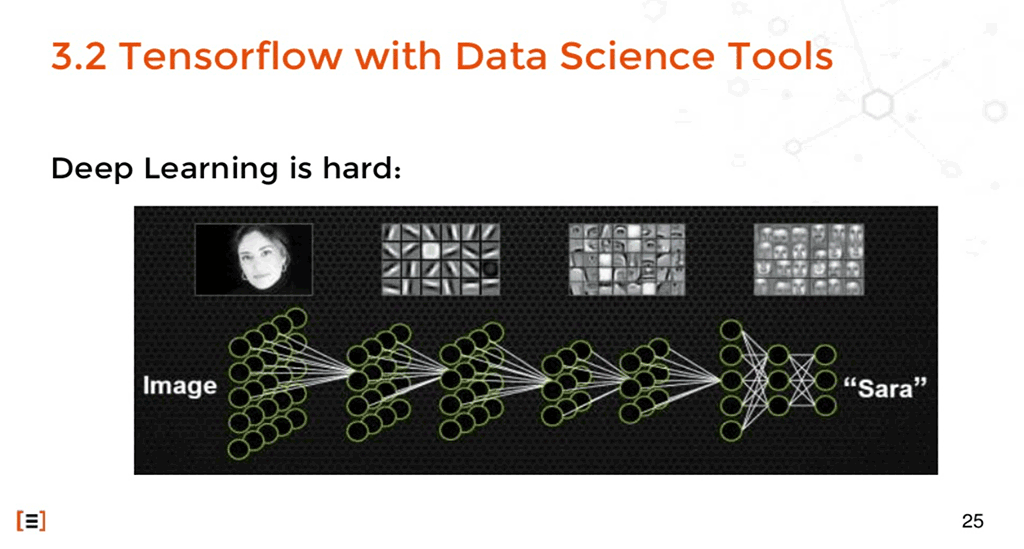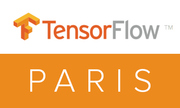TensorFlow in the Big Data Context


TensorFlow is not the only machine learning library on the list, but it is gaining popularity by days. Below are the videos from Paris TensorFlow meetup—organized and sponsored by Altoros on March 23, 2016.
What makes TensorFlow different?
In her session, Jiqiong Qiu of SFEIR outlined the difference between academic research and an industry application, touched upon TensorFlow’s key features and how the tool stands out in a crowd, comparing the solution to other deep learning libraries. She also talked about distributed TensorFlow and Spark and demonstrated how GPU and multi-GPU accelerate model training in comparison to CPU.
You can find more details in Jiqiong’s full slides below.
TensorFlow overview
Romain Jouin of Mémorandum took a glimpse at TensorFlow, talking about its under-the-hood mechanisms, functionality, APIs, etc.
Join our group to stay informed about the upcoming events!
Further reading
- The Diversity of TensorFlow: Wrappers, GPUs, Generative Adversarial Networks, etc.
- A Broad Spectrum of TensorFlow APIs Inside and Outside the Project
- TensorFlow in the Cloud: Accelerating Resources with Elastic GPUs
- Performance of Distributed TensorFlow: A Multi-Node and Multi-GPU Configuration
About the speakers








